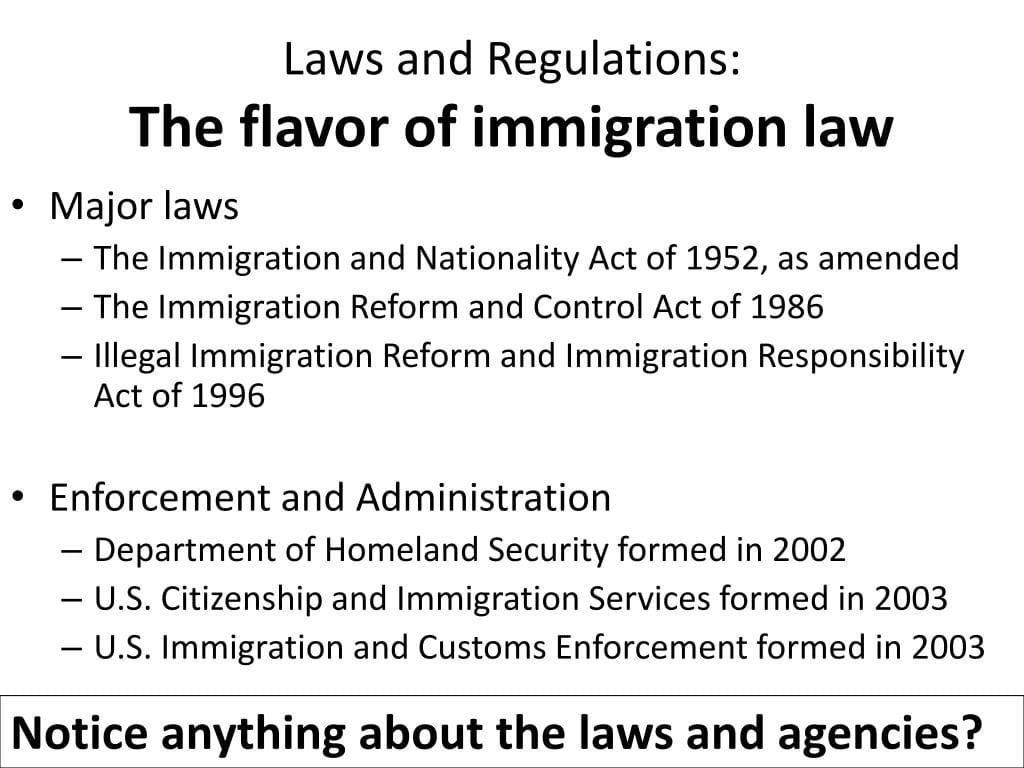Navigating the complexities of U.S. immigration law can be daunting. This guide provides a clear understanding of the USCIS Adjudicator’s Field Manual (AFM), its transition to the USCIS Policy Manual, and how these resources impact immigration processes. We’ll cover key aspects of the AFM, the evolving Policy Manual, and address specific immigration classifications like E19 and SA1.
Understanding the AFM and its Transition
The Adjudicator’s Field Manual (AFM) served as the primary guide for USCIS officers, outlining policies and procedures for adjudicating immigration applications. It covered a wide range of topics, from visa requirements and eligibility to application processing. Examples include guidance on determining eligibility based on state and foreign laws (Chapter 14.10), using classified information (Section 10.19, now superseded), and precedent decisions for visa petitions for parents (Chapter 21.8) and spouses (Chapter 21.3). The AFM even included specialized procedures for military adjudicators handling cases involving deceased service members.
However, the AFM is being phased out and replaced by the USCIS Policy Manual, a centralized online repository for all USCIS immigration policies. This transition represents a significant shift in how USCIS adjudicates immigration cases. While archived versions of the AFM offer valuable historical context and insight into past adjudication practices, the Policy Manual is now the authoritative source for current guidance.
This transition, while streamlining access to information, presents some challenges. Users accustomed to the AFM may find navigating the new Policy Manual requires some adjustment. Resources such as the American Immigration Lawyers Association (AILA) provide crucial updates and a “crosswalk” document to help bridge the gap between the two resources. AILA and other organizations play a vital role in tracking policy changes and providing support to those working within the immigration system.
Key Differences Between the AFM and Policy Manual
| Feature | Adjudicator’s Field Manual (AFM) | USCIS Policy Manual |
|---|---|---|
| Availability | Archived versions | Online |
| Format | Downloadable manual | Searchable website |
| Updates | No longer updated | Regularly updated |
E19 Classification: A Closer Look
The E19 classification provides a streamlined path to permanent residency for spouses of certain employment-based immigrants. It allows spouses to apply for a green card concurrently with the principal applicant, rather than waiting in a separate queue.
Eligibility for E19 hinges on the principal applicant’s employment-based category. These categories typically include highly skilled workers, professionals, and individuals with exceptional abilities:
| Category | Description | Might Include |
|---|---|---|
| E11 | Multinational Manager or Executive | Someone heading a major branch of an international company |
| E12 | Outstanding Professor or Researcher | A leading scientist or academic with groundbreaking work |
| E13 | Multinational Executive or Manager Transferee | Someone transferred to a U.S. branch of their company |
| E16 | Priority Workers (e.g., persons of extraordinary ability) | An award-winning artist, a top athlete, or a renowned researcher |
| E17 | Professionals with Advanced Degrees or Exceptional Ability | Someone with a master’s or doctorate, or exceptional skills in their field |
| E18 | Skilled Workers, Professionals, and Other Workers | Someone with specific job skills needed in the U.S. |
It’s important to note that these categories have specific requirements, and eligibility can be complex. The E19 classification, while designed to keep families together, is a subject of ongoing policy discussion and may evolve as immigration patterns shift.
Understanding the SA1 LPR Category
The SA1 LPR category offers a pathway to Lawful Permanent Resident (LPR) status for individuals initially granted asylum. Asylum is granted to those facing persecution in their home country based on factors like religion, political opinion, or ethnicity. After one year of living in the U.S. as an asylee, they can apply for LPR status under the SA1 category.
Knowing your specific LPR category is vital for accessing associated benefits and understanding your rights and responsibilities. This information is crucial for future immigration processes, such as naturalization. The USCIS Policy Manual is the definitive guide for understanding the SA1 LPR category and other LPR pathways.
| LPR Category | Description |
|---|---|
| SA1 | Granted to asylees adjusting to LPR status after one year. |
| Other | Other pathways to LPR status (e.g., family, employment, refugee) |
While the information provided here offers a starting point, it is not a substitute for professional legal advice. Consulting an immigration attorney is always recommended for personalized guidance tailored to individual circumstances.
Addressing “Immigration Code NP1” and Further Resources
The term “immigration code NP1” isn’t a standard term in immigration discussions or official documentation. It may be an internal code, a specialized term, or a misunderstanding. If you encountered this term in a specific document, providing context would be helpful in understanding its meaning.
For reliable information, always consult the USCIS Policy Manual online at uscis.gov/policy-manual. This actively updated resource provides the most current information on immigration policies and procedures.
Exploring the nuances of second language acquisition can be insightful. Discover the BICS and CALP distinction and how the AutoGrader tool can enhance student learning. These resources offer valuable perspectives on language learning and assessment.
- Sept 31 Myth: Unveiling Calendar Secrets - March 18, 2025
- How Long & Till December 18, 2025: Accurate Countdown Guide - March 18, 2025
- Discover Japanese Artists: A Complete History - March 18, 2025
















